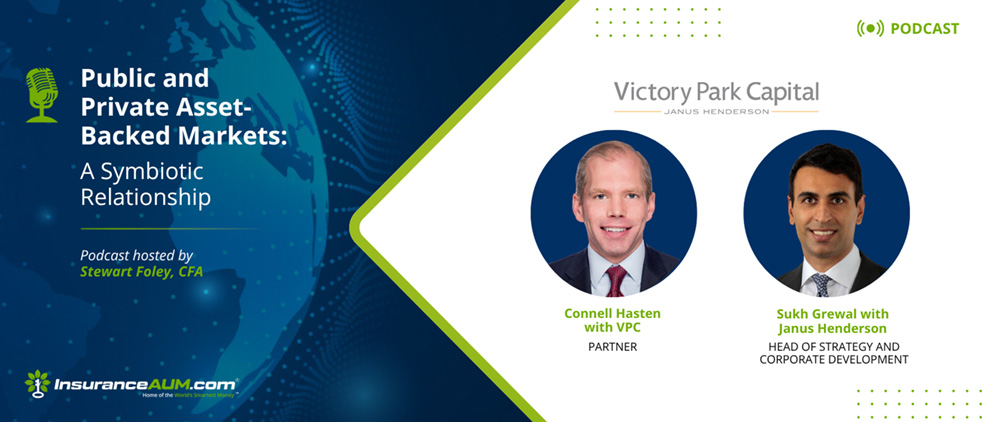Victory Park Capital Advisors, LLC
Victory Park Capital Advisors, LLC (“VPC” or the “Firm”) is a global alternative asset manager that specializes in private asset-backed credit. In addition, the Firm offers comprehensive structured financing and capital markets solutions through its affiliate platform, Triumph Capital Markets. The Firm was founded in 2007 and is headquartered in Chicago. In 2024, VPC became a majority-owned affiliate of Janus Henderson Group. The Firm leverages the broader resources of Janus Henderson’s 2,000+ employees across offices in 24 cities worldwide. VPC is a Registered Investment Advisor with the SEC.
Connell Hasten
Partner
chasten@victoryparkcapital.com
Direct: +1.312.663.7472
Mobile: +1.312.505.1457
150 North Riverside Plaza
Suite 5200
Chicago, IL 60606





